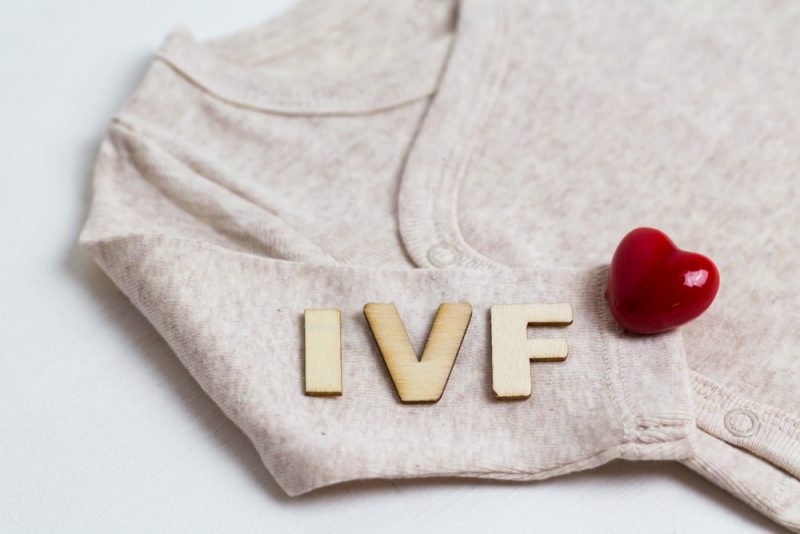Starting a family is a goal for many couples—but it isn’t always easy. Some estimates have found that as many as 10 to 12 percent of all couples struggle with infertility at some time. This can prove emotionally and physically trying as months or years pass without a pregnancy. Thankfully, artificial insemination clinics can be the solution. With several different fertility treatments available, there is hope for many couples. Here are some of the most common treatment options you should be aware of.
Medication Only
After some initial examinations to identify potential causes of infertility, most couples will typically begin with medication designed to improve fertility rates. Women will usually be prescribed Femara or Clomid, which are taken early in their cycle (typically from days 3 to 7). These medications boost hormone levels to increase fertility, addressing common hormonal imbalances.
After taking the medication, an ultrasound will be performed to pinpoint the ovulation date. Timed intercourse will then maximize the potential effectiveness of the medication. In some cases, the woman will actually take a trigger injection so that couples will know an exact time of ovulation.
Artificial Insemination
Artificial insemination is usually performed in conjunction with the aforementioned steps (minus the timed intercourse). The woman will still take the medication and receive an injection to trigger ovulation, but in this case, sperm is collected separately from the male partner.
After collection, the sperm is “washed” to identify the best specimens available. After this process is complete, a tube is used to place the collected sperm inside the uterus during ovulation. Though artificial insemination tends to have a higher success rate than medication alone, it is recommended that most couples try medication and timed intercourse first.
IVF
In vitro fertilization is the most complex — but also most effective — fertility treatment available today. After the woman receives an ovulation trigger shot, a sperm sample is collected from the male partner, while eggs are removed from the woman. The highest-quality sperm and eggs are combined in a laboratory setting. After the eggs are fertilized, they are monitored to determine if embryos are beginning to develop.
The embryos that appear to have the greatest viability will be inserted into the woman’s reproductive system within a few days of fertilization.
Conclusion
Though these treatments cannot guarantee a successful pregnancy, they have helped countless couples achieve their dream of starting a family. You don’t have to continue struggling. By consulting with a fertility specialist, you can start making progress on your journey toward a family of your own.

